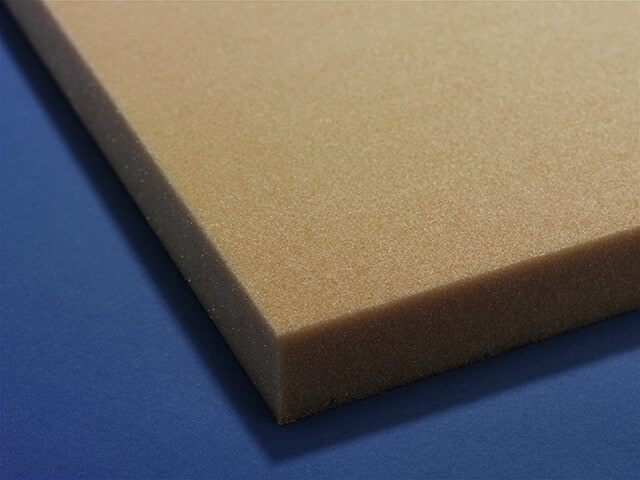Core Materials Market Size, Share Global Updates, Future Growth, Forthcoming Developments
Core material producers are driving market revenue development by focusing the manufacturing of cutting-edge materials like Corecork, which offers advantages like Fire, Smoke, and Toxicity (FSM) qualities, as well as superior processing and mechanical properties. Corecork has minimal resin uptake and water absorption characteristics, which reduce resin consumption and overall weight. Additionally, cork provides sandwich composite structures with sound attenuation and vibration damping qualities. Furthermore, Corecork can be integrated into quick production cycles thanks to its low material density, conformability, and flexibility.
The demand for Core Materials Market is also increasing as a result of the growing need for soundproofing in both residential and commercial structures. Conference and recording rooms benefit greatly from the acoustic isolation provided by honeycomb core materials. Additionally, convoluted foam plastics can be attached to windows, doors, and walls to prevent excessive noise from entering and disturbing the neighbourhood.
Rising demand for high strength, lightweight materials in the aerospace industry is another factor contributing to the Core Materials Market consistent revenue growth.
Due to the advantages of building aircraft structural components using sandwich construction to save weight, the aerospace sector is a significant user of core materials. The aerospace sector uses thermoplastic foam extensively to address the growing demand for strong, lightweight structures for things like aircraft and launch vehicles, radomes, rotor blades, and satellite confinement fairings. Additionally, core materials contribute to a lighter total aircraft weight, improving fuel efficiency.
Examples of core materials include end-grain balsa wood, PVC foam, urethane foam, non-woven core textiles, and other kinds of honeycomb materials. These thin, lightweight materials make up the bulk of a "sandwich construction," sandwiched between two composite skins. The section modulus of a laminate increases with the addition of a core, resulting in enhanced stiffness and the ability to create lightweight constructions. Sandwich structures feature a continuous I-beam effect, with the Core Materials Market preserving the alignment of the skins while the composite skins support the load. Core materials are frequently used to build sturdy, stiff, and light structures for high-performance goods.




Comments
Post a Comment